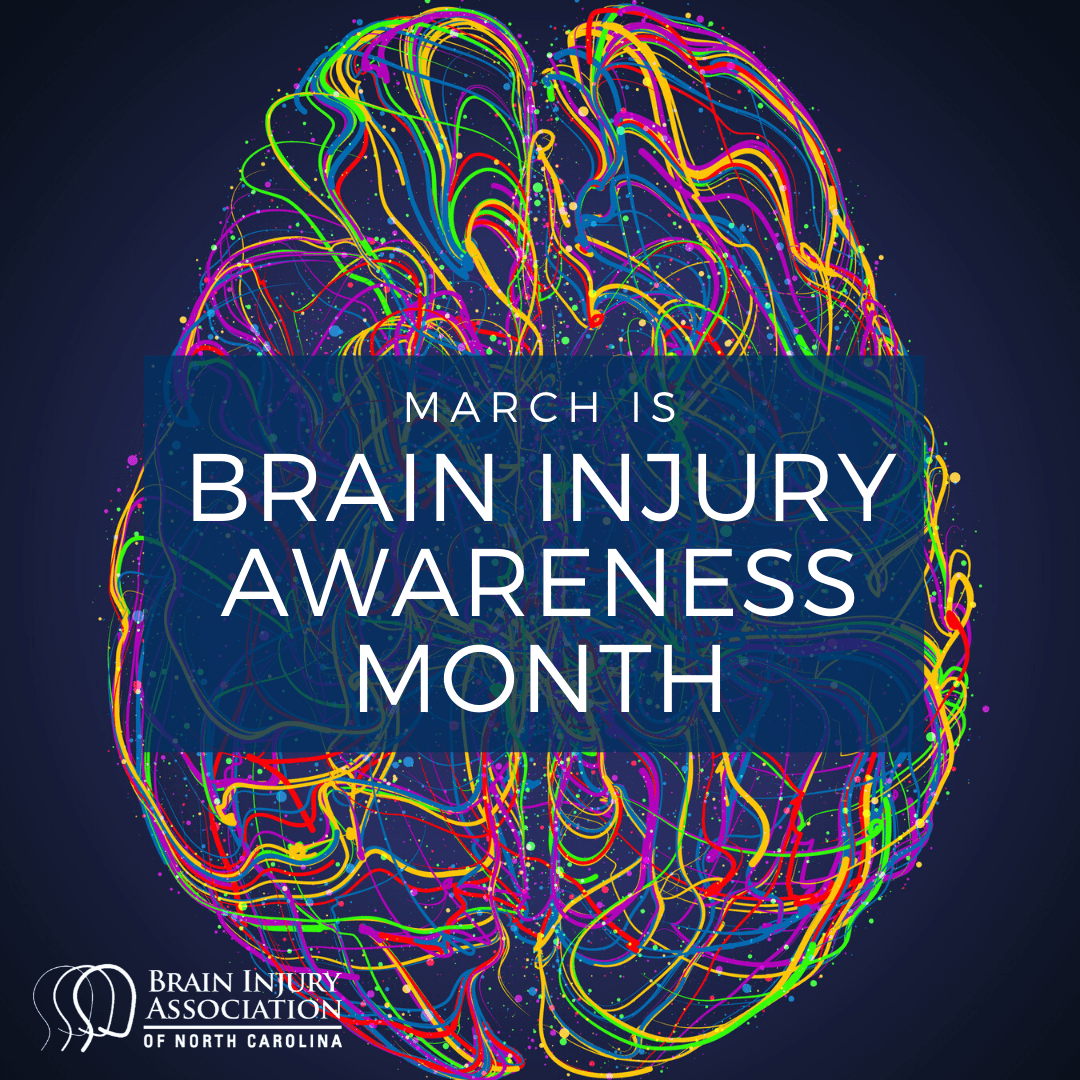Search by Color or Cause


Brain Injury Awareness Month takes place in March each year. Green represents brain injury awareness. On occasion, the color blue is also used to represent brain injuries.
The Brain Injury Association of America (BIAA) has the designated theme and hashtag of #MoreThanMyBrainInjury to recognize the 5.3 million-plus adults and children in the U.S. living with some sort of permanent brain injury-related disability. Many of these injuries are, for example, a result of stroke, infectious disease, and brain tumors. In addition, these numbers also include mild traumatic brain injuries (TBIs), or what we call concussions.
Most of us never imagine that our lives could be impacted by a brain injury, but the BIAA reports that at least 2.8 million people sustain brain injury each year in the United States. Therefore, we should understand how brain injuries occur, and how to reduce them. For this reason, awareness is so important if we want to reduce the number of incidents and keep our brains healthy.
According to the BIAA someone in this country will experience a brain injury every nine seconds. How does this happen so often?
Sudden bumps or jolts, for example, can cause the brain to bounce back and forth in the skull, causing injuries of varying degrees. Concussions are TBIs that can cause functional changes in the way our brains work.
Concussions most often occur as a result of blows to the head during:
Further, you can also incur a concussion from simple household mishaps. This includes, for example, accidentally walking into a door and banging your head. While most concussions are not life-threatening, long-term effects of TBIs can affect some individuals and require prolonged medical care.
When concussion symptoms happen, concussions may or may not present themselves in obvious ways.
TBIs can cause the symptoms you might expect, such as:
Unfortunately, concussions can sometimes go undetected because their symptoms may not appear related to a head injury.
These symptoms may typically include:
Most individuals who experience concussions fully recover within a few days or weeks. Others may, however, experience consequences for longer periods of time. For this reason, if you or someone you care about has had a serious head jolt of some sort, early medical assistance is crucial. It can mean the difference between full recovery and living with some of those lingering longer-term and unpleasant symptoms.
We tend to think about head injuries as they relate to youth sports and professional athletes, but older adults also face high risks of concussion. Typically this is simply from falling. Harvard Medical School reported that head injuries from falling are a common cause of hospitalization and even death among individuals over age 65. And the Centers for Disease Control (CDC) reports that, from data collected as recently as 2014, a full four in five TBI-related emergency department visits in older adults (aged 65 years and older) were the result of falls. In addition, hospitalization rates stemming from TBI-related emergency room visits were highest among persons 75 years of age and older.
It’s important to take all possible steps to avoid potential concussion-related falls in households. Why not honor Brain Injury Awareness Month at home by taking a moment to make senior spaces a little safer?
Proactive steps can include:
Brain Injury Awareness Month is a great time to remind everyone to wear their helmets. Studies consistently indicate that all of us can decrease our risk of serious brain injuries by simply wearing helmets. We urge everyone to wear helmets when motorcycle, bike or horseback riding, as well as when taking part in activities with a higher potential for head impacts.
These include activities such as:
Helmet-wearing should become second nature to children so they develop this good habit for life.
Previously we have reported on new research from the University of Massachusetts that supported reducing screen time for post-concussion patients to help reduce recovery times. The findings suggested that avoiding screen time in the first 48 hours of acute-concussion recovery may greatly shorten the duration of concussion symptoms.
The Brain Injury Association of America (BIAA) provides detailed information on the complex parts of the brain and how each has its specific task. Tasks include controlling how we walk, talk, eat and balance, make decisions, process information and more. Lastly, if you’re interested in learning more about brain injuries, including about treatment, diagnosis and support for patients and families, visit www.biausa.org.